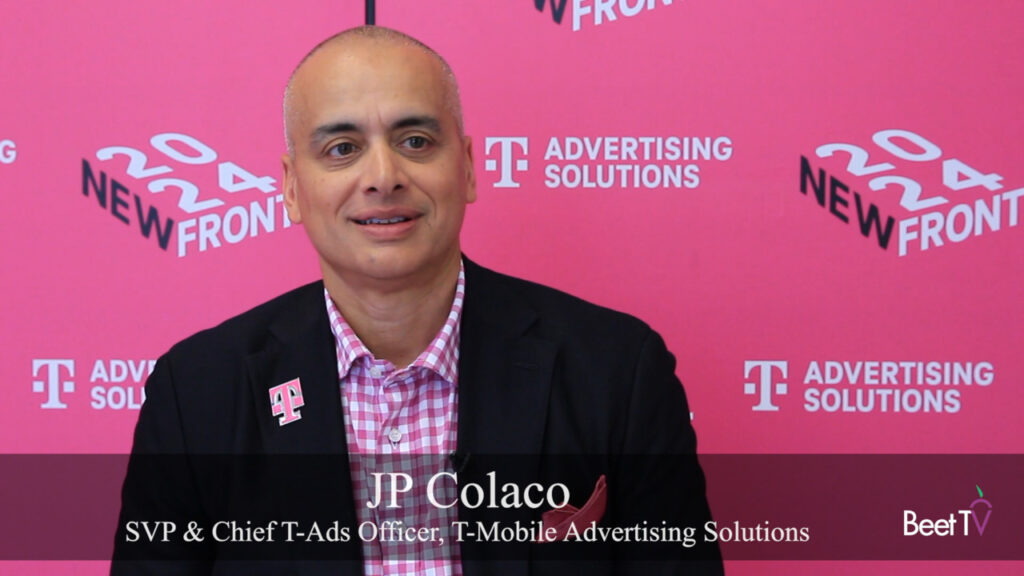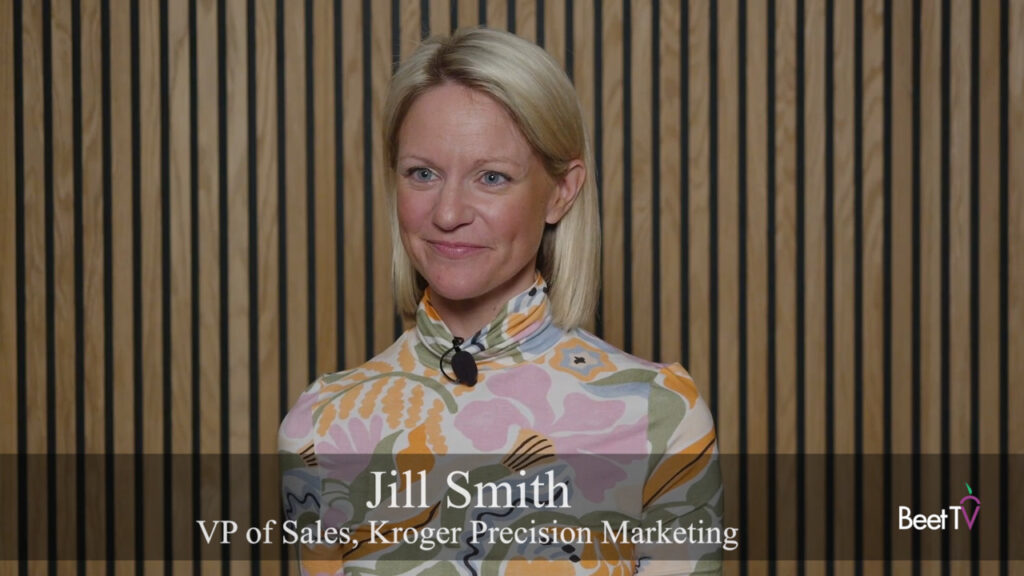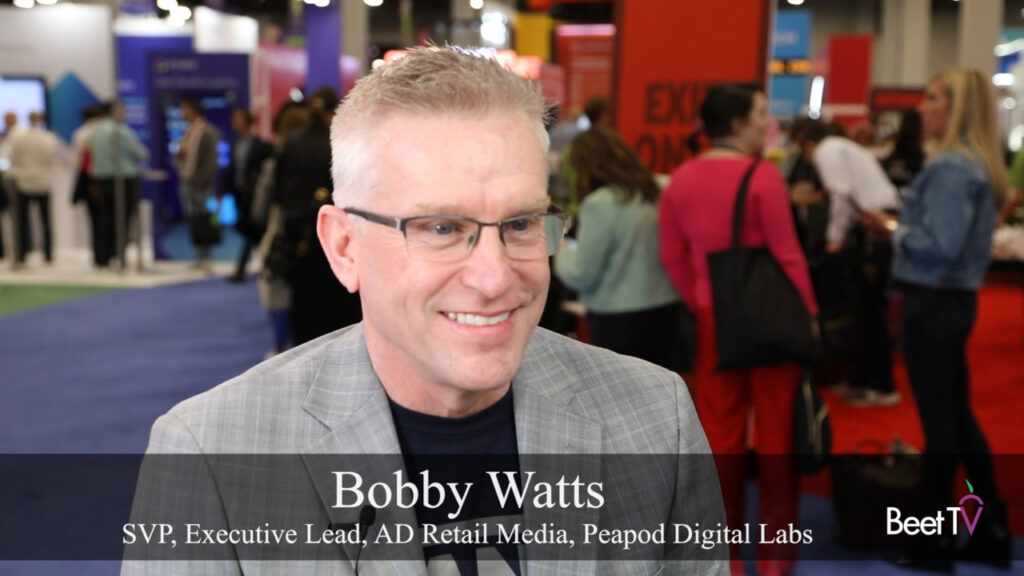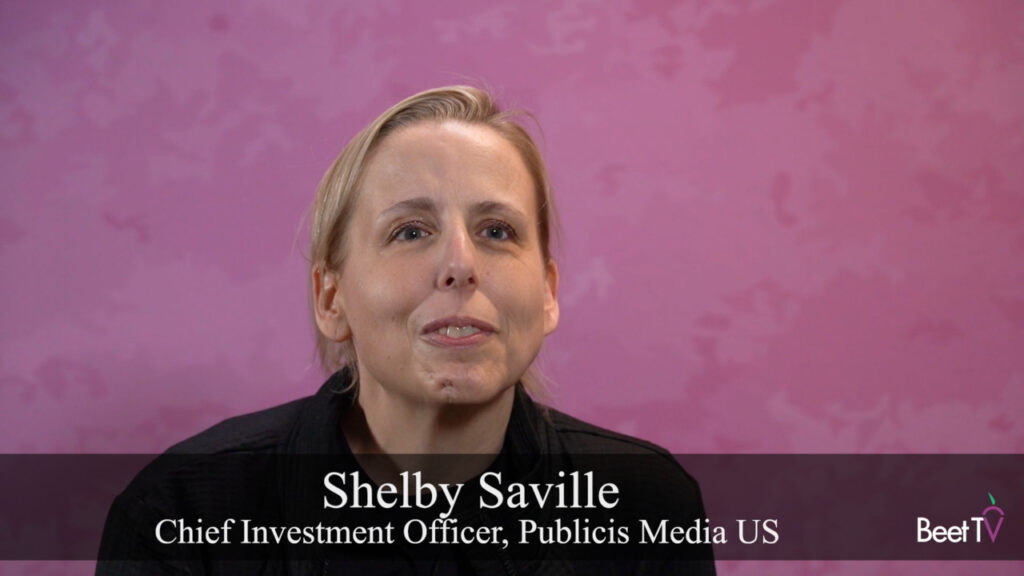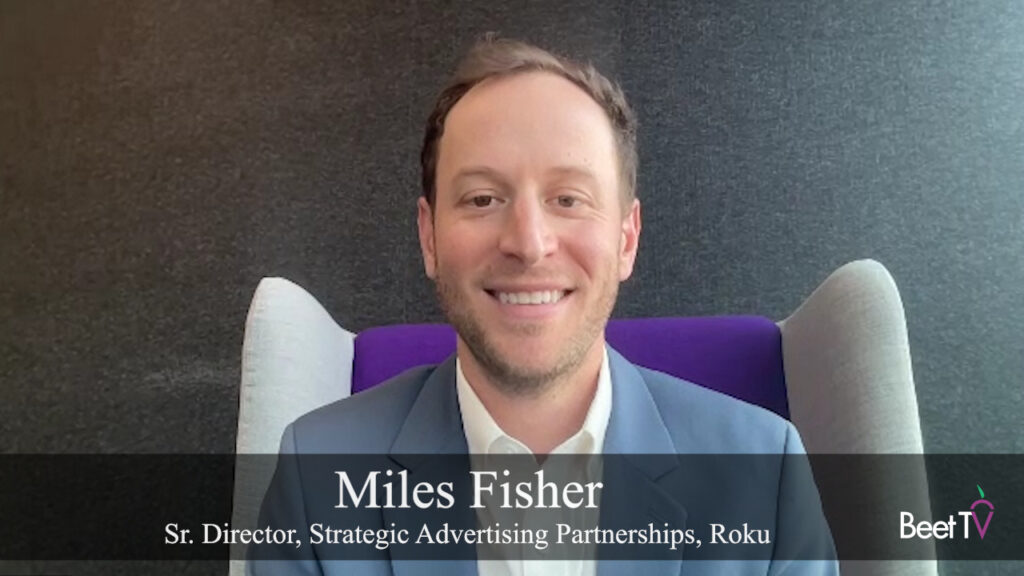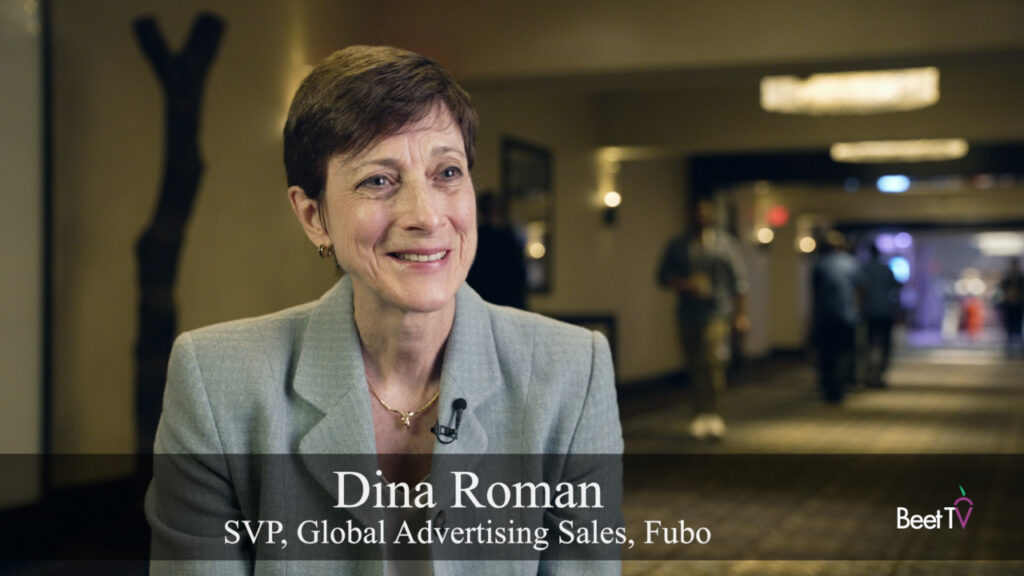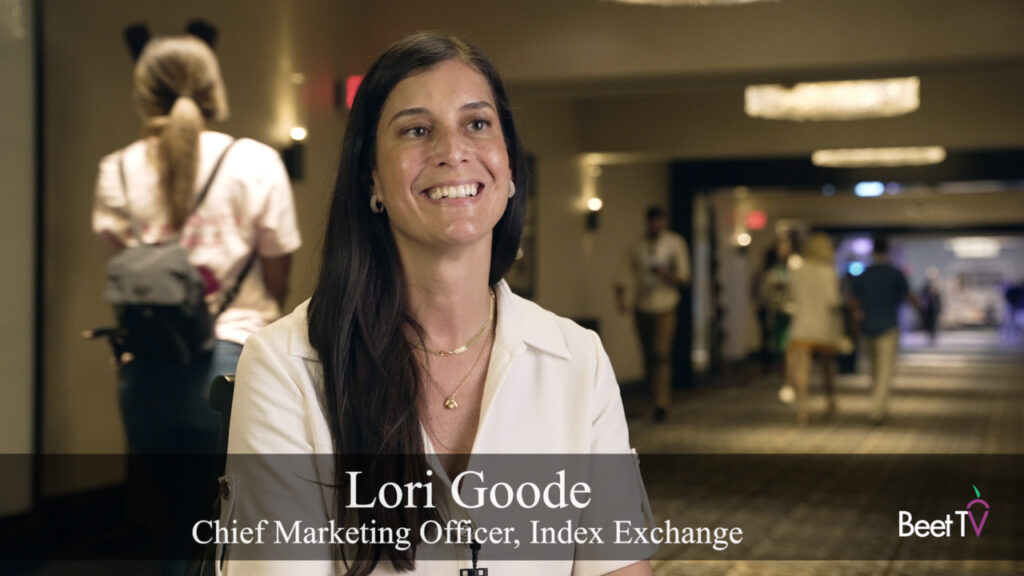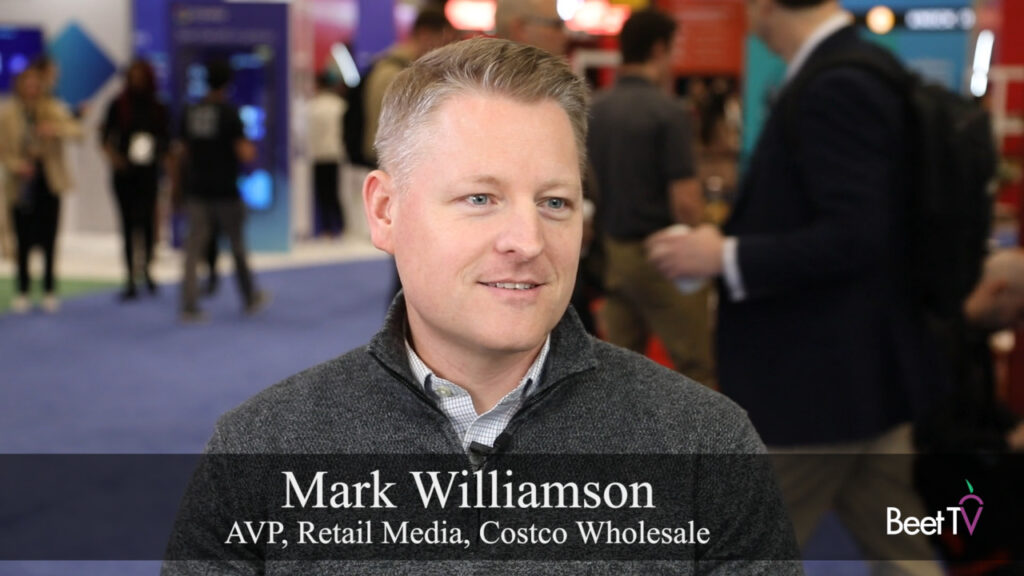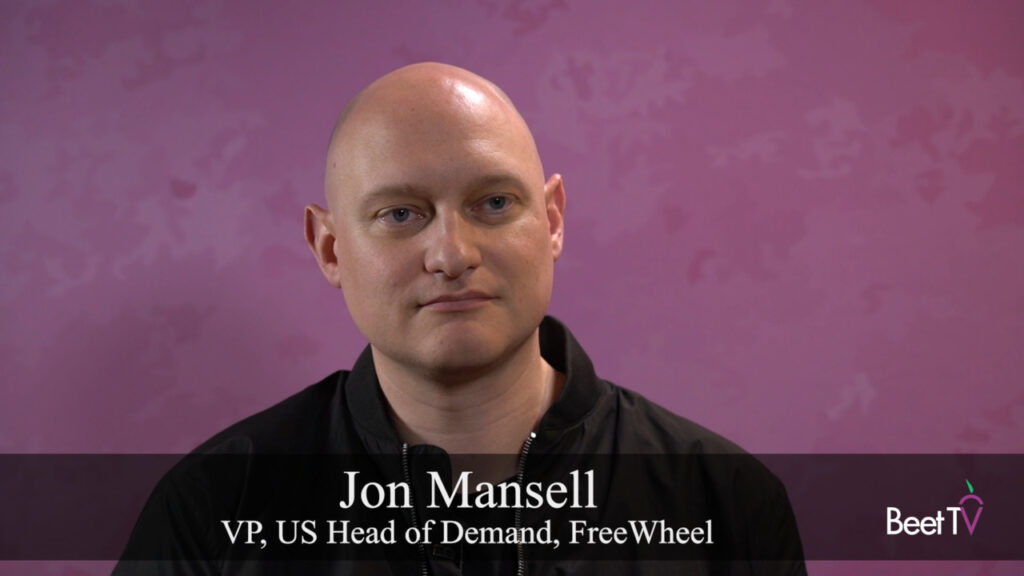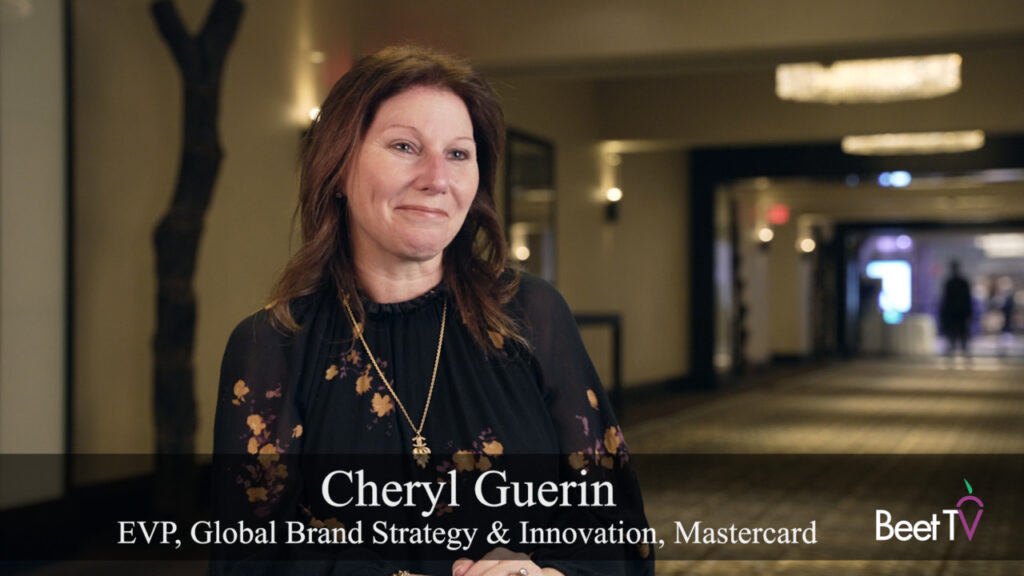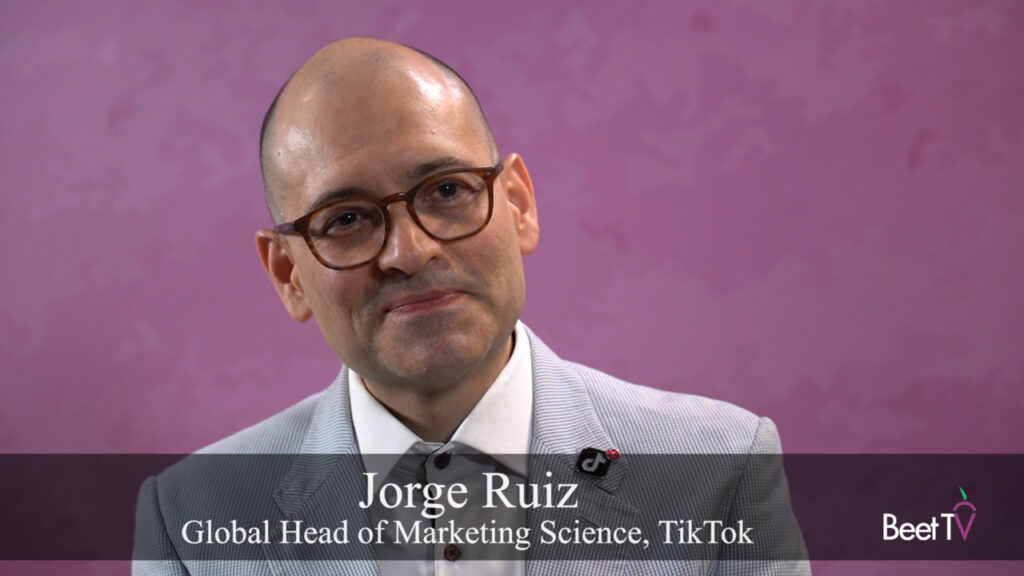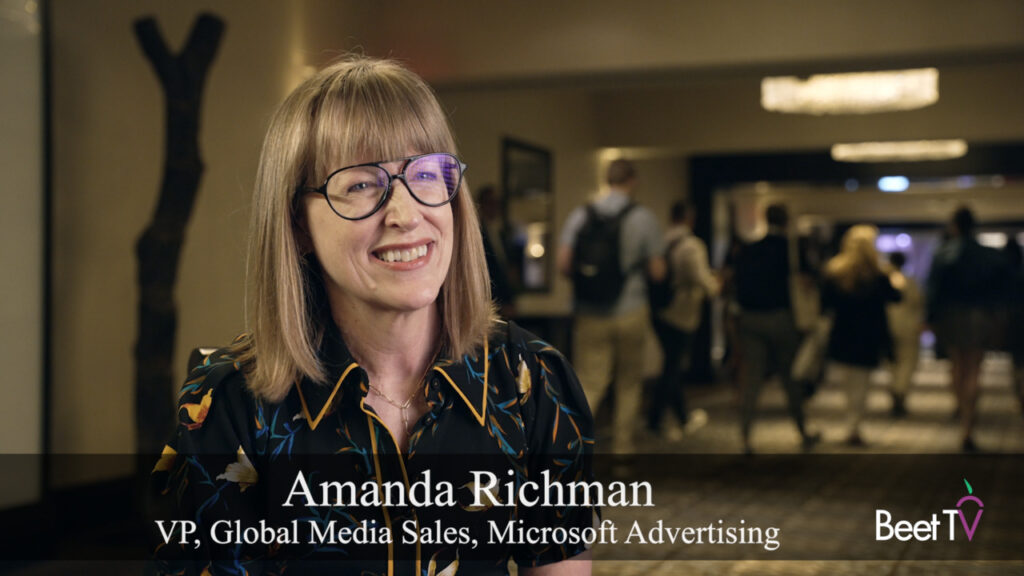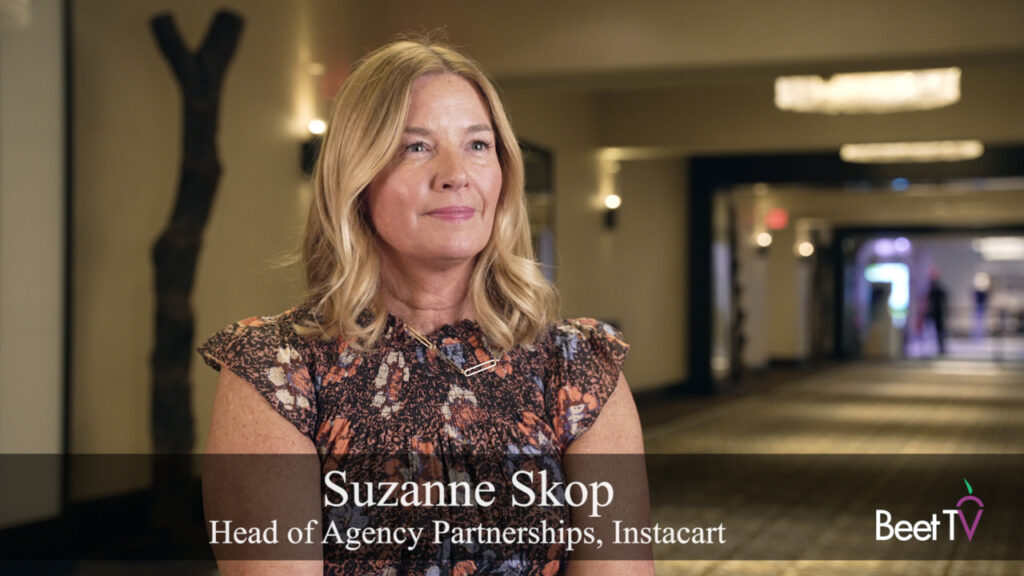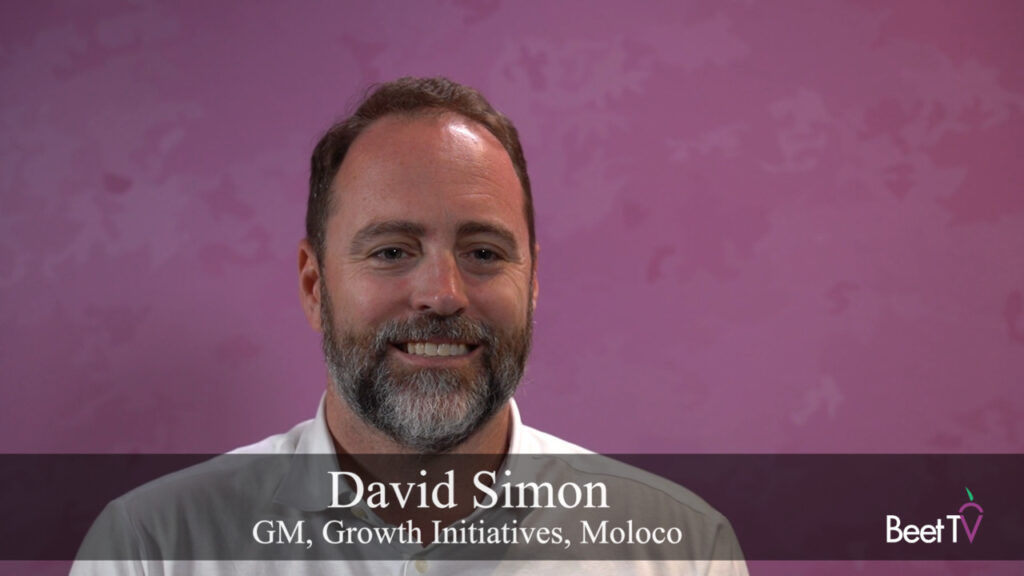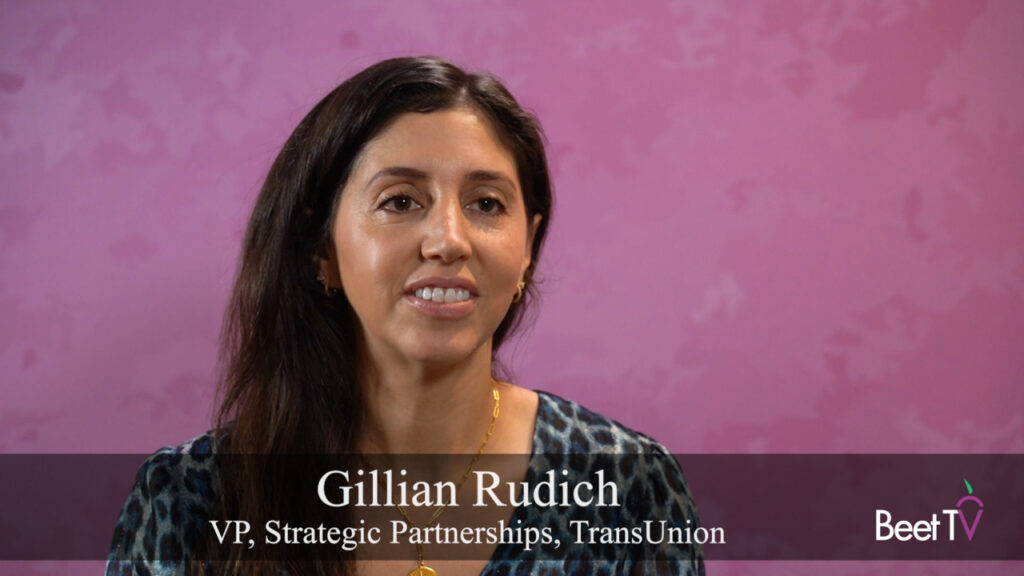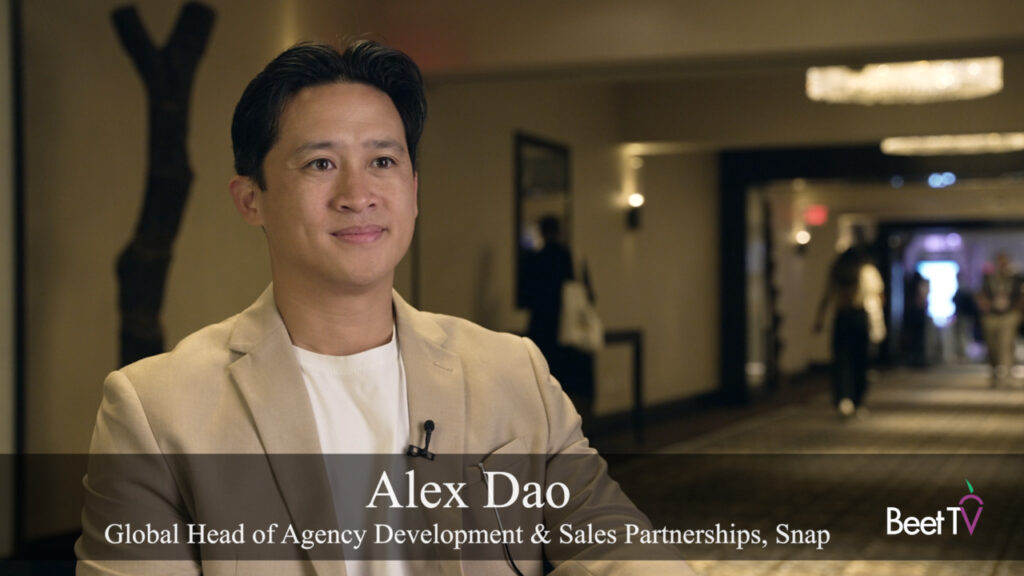Webcam chat at Ustream
The Beet.TV roundtable in San Francisco (and Ustream's live stream of the event) ended at noon PT today. You can watch the first half on-demand in this post; for the second half, visit our Ustream channel. Keep reading for my live blogging of the event!
See our previous post about the roundtable for a rundown of the speakers.
–Kelsey Blodget, Associate Producer
8:32 a.m.: Liz Gannes, who is co-moderating the roundtable with Andy, published an article about the roundtable on NewTeeVee.
9 a.m.: The panelists are introducing themselves.
9:03: Jennifer Taylor at Adobe is speaking about Adobe's partnership with TimeWarner. See our blog post about the partnership here.
9:07: Andy asks Jennifer about metadata surrounding Flash video. She discusses metadata transcription at the point of ingest.
9:09: msnbc president Charlie Tillinghast gives a demo of msnbc's interactive player.
9:14: Ric Camacho from Reuters talks about Reuters' new video-on-demand service, which we blogged about this morning.
9:20: Andy says news video seems to be expanding more than entertainment video online, and asks Charlie about the state of news video on the web. He says news video has improved in quality and become interactive. Olivia Ma from YouTube says the election cycle spurred a huge increase in demand for news video. Viewers now expect that they can watch video of speeches and other news on-demand.
9:23: Alex Castro from Delve Networks says video is marching down the path of ubiquity.
9:24: Alex says they are still doing really well because people realize video is critical to their business. "I keep having folks show up on our doorstep," he says.
9:25: Olivia Ma from YouTube says unlike other verticals, news is fundamentally a shared experience. It's the water cooler. You have to know what happened in the news to feel like an informed citizen. She says on YouTube we see this idea of community and interactivity.
9:28: Andy asks why news organizations (but not msnbc) put their content up on YouTube. Olivia says there's the opportunity to grow their audience and attract demographics that they might not otherwise have access to. "There's definitely a younger population there," she says.
9:30: Andy asks Blaise Zerega, CEO of Fora.tv, "the thinking person's YouTube," about the value of having their content on YouTube. Blaise says they love their YouTube channel. He says their smart content will find a smart audience wherever it's viewed.
9:33: Alex says that if you look at every major trend over the last ten years, there's always a few main sites that push something into the mainstream, like Amazon pushing online shopping. YouTube made average people think about video online.
9:36: Andy asks Akamai's Tim Napoleon if it's true that the White House is using their CDN now instead of YouTube, as has been speculated. He says he can't comment.
9:38: Jennifer Taylor says Adobe has worked closely with their CDN's to raise the bar and create a high-quality experience.
9:39: Andy asks Wilfred Martis from Intel about how the microprocessor makes quality video possible. He says one of their big growth areas is consumer electronics. He says they believe the TV screen is now the right screen for innovation. Not everything will translate form PCs to consumer electronics, but a lot of it will, and he hopes what they are building will make that possible. He says to expect some pretty radical innovations in the next five years.
9:44: Andy asks Marty Roberts from thePlatform, owned by comCast, about other platforms for distributing content. He says they've worked with a lot of mobile providers, but that it's a side business for most of their customers. He says video playback on smartphones could be a real business for their customers. After that are set top boxes and cable set top boxes.
9:47: Marty says bringing web-based content into the TV environment and have it be of the same quality will be a real challenge, but is exciting.
9:49: Olivia says the U.S. market versus the global market for mobile is very different, because the U.S. always seems so behind. Asks everyone else what they think.
9:54: John Ham of uStream talks about live streaming and CDNs.
9:56: Charlie says in the news business you have to be prepared for spikes, so that when viewership goes up the system can handle it.
9:59: Akamai's Tim Napoleon says most of us in this room make our money from advertising. Everybody in this room wants more impressions. If you're player doesn't work in Firefox, or this or that, it's lost audience.
10:01: Wilfred says Intel's research shows that consumers have different levels of tolerance for each of the three screens. Consumers do have a different mindset if they know the video is coming from broadcast versus the Internet.
10:03: Tim talks about standardization.
10:05: Jennifer Taylor talks about Flash Player 10. She says they will continue to focus on performance. She says building and extending the reach across multiple screens will of course be another area they work on.
10:08: Andy says there will be a 20 minute break, and that Liz Gannes will moderate the second session, which will focus on monetization and advertising.
10:39: Second session has started. I'm having some sound issues with the live stream so will pause the live blogging for a bit.
10:57: I'm back. Firefox was giving me some issues–switched to Internet Explorer. Sound quality is great. I can hear someone's cell phone ringing.
10:58: Sean Doherty from Channels.com discusses syndicated content and how it relates to advertising. Controlled syndication the answer?
11:02: Adam Cahan from Auditude says there is a technology barrier.
11:02: Liz asks about standardization. Blaise says a user pattern hasn't been established yet, and that needs to happen before standardization.
11:04: Alex Castro from Delve says big brand advertisers have to be cautious because they have a lot to lose.
11:07: Chris O'Brien from Motionbox talks about premium content versus UGC. Olivia says some of the most popular content on YouTube might have been considered UGC a year ago, gives an example of someone with a large audience who makes $100,000 a year on YouTube.
11:10: Dan Beltramo from Vizu says it needs to be easier for buyers to buy. Vizu measures the brand lift associated with a campaign.
11:12: Dan says with the right measurement with online video we can make the tail start wagging the dog. Right now online is the afterthought, it's produced for TV, and it's backwards from how we want it. In three years we want a brand advertiser to have different objectives for different screens.
11:16: Liz asks people from companies who charge people for content how successful that is. Chris O'Brien from Motionbox talks about their free and premium services. He says there's a lot of opportunity in the premium content range. People are understanding now that videos are not free, and they might have to watch a pre-roll before premium content.
11:19: John Ham from uStream talks about WaterShed, uStream's live streaming API. He says the pricing is pay as you go.
11:20: Jeff Whatcott from Brightcove says that the cost of production has gone down, and people can do a decent job of cutting video themselves and it's not that bad. He says video is a compelling marketing tool that people can use themselves.
11:22: Alex Castro from Delve says that if the advertising market went to zero he would still make money, and they just had the best quarter they ever had. Some companies don't care about monetizing their content at all, it's just pa
rt of their web strategy and they want video online.
11:24: Tim Napoleon from Akamai says marketing people are having to door more with less, and video is going to become a tool for the next generation of marketers.
11:26: Chris O'Brien says having more tools and options actually reduces the amount of cutting by users, because it's too complicated. It's important to figure out the best user experience.
11:27: Marty Roberts from thePlatform says a lot of companies have internal solutions and can't keep up with all the different progressions of video. thePlatform is picking up a lot of mid-size companies who need help leveraging their video.
11:31: Wilfred says a lot of the dollars are still in the broadcast space, and Intel is seeing a lot of opportunity in piping web-based video to the TV. He says they are working with the largest media buyer to try and blend broadcast video with Internet video and monetize that stream.
11:34: Alex Castro says some of his younger developers only watch TV online, and he has just moved and is experimenting with a life without cable himself. Olivia says younger generations are totally into that; she is 26 and none of her friends have cable. [Ed note: My roommates and I have cable, but still watch TV almost exclusively online, because I don't have TiVo and I like my video on-demand.]
11:41: Chad Cooper says it's all about niche. That's where the audiences are and where there's a lot of development right now. He says they're about bringing all of these niche sites to users because they can't find them. It's very hard to get a media planner or buyer to take a risk right now, so '09 will be about audience building on these niche sites.
11:42: Blaise Zerega from Fora.tv agrees with Chad.
11:44: Jeff Whatcott says if a lean back experience like Netflix could work on TV, that would be great.
11:45: Sean Doherty says that's what Channels.com does.He says there's a camp focused on premium content and the camp focused on the larger YouTube market, and Channels is focused on the 10 thousand channels market.
11:49: Peter Yared from iWidgets talks about discoverability through posting links to your newsfeed. He says the social aspect is the most important aspect to growth nowadays.
11:52: Blaise says that whoever inserts an ad gets the lion share of the percentage, whether it's 50/50 or 70/30. Adam Cahan from Auditude says you have to build a network, and if you're selling the content, you'll make the money, but whoever attracts the eyeballs deserves something.
11:55: Olivia says discovery is a major area of focus for YouTube. Social is one of the biggest ways people discover video. That's how a huge amount of YouTube's incoming traffic comes in, and after that they watch a related video, and after that they'll search for something else. YouTube has a total mass quantity, and anything you search for will turn up results. Google has taught people how to search and trained people with that behavior. The idea of browsing is different, and applies to news content more.The vast majority of users don't use YouTube like that.
11:57: Tim Napoleon says this is why publishers like to have destination sites. MTV has a lot of value in that destination and a lot of business models around that destination besides the content. There is a lot of value and business models you can build around the destination.
11:59: Andy is wrapping up the conference.
12:00: Conference is over, right on time.








